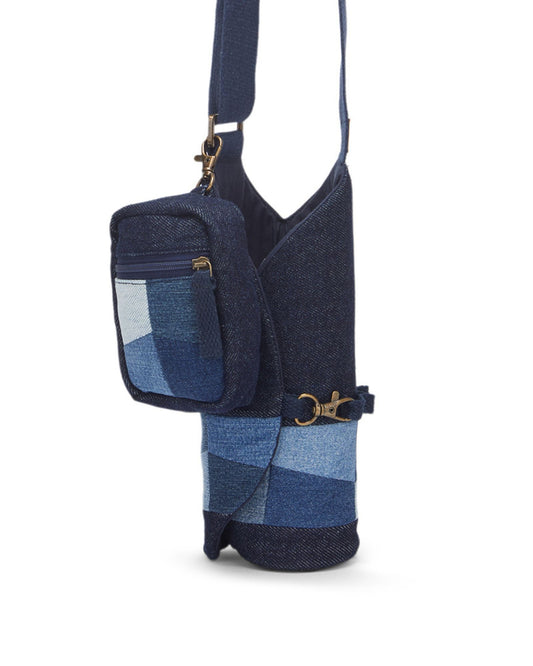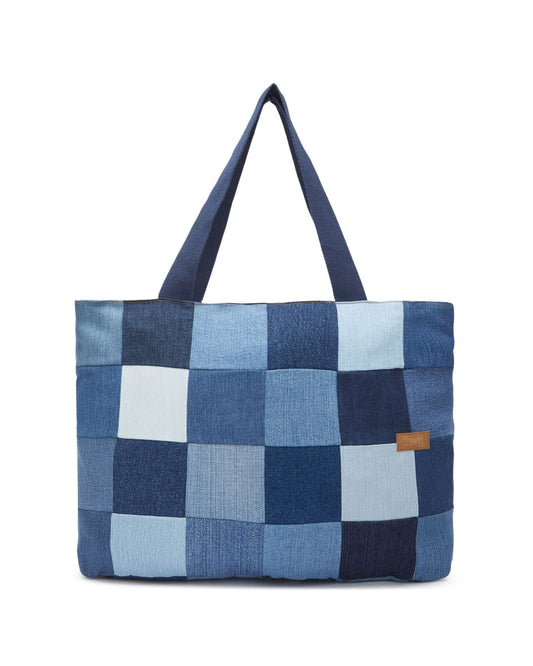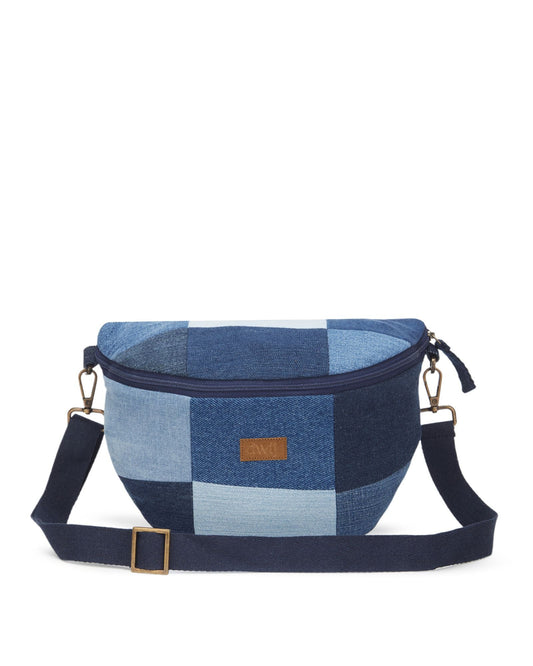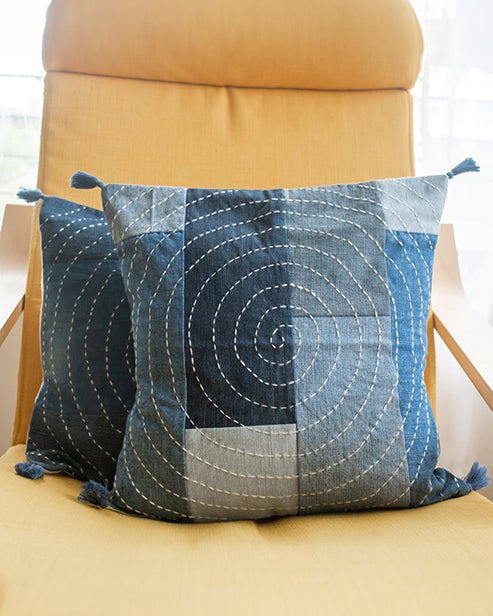If throwing food away is wrong, why isn’t throwing clothes away just as shameful? Ellen MacArthur Foundation estimates that we dump around 92 million tons of perfectly wearable cloth annually. This number is equivalent to a garbage truck full of clothes wasted every single second! Meanwhile, fashion companies keep churning out more, resulting in more pollution and the drainage of trillion litres of water. Let’s face it: We don't need new clothes anymore; we need to stop wasting the clothes we already have. Therefore, upcycled fashion is the solution!
Upcycled Fashion transforms waste into wearable art, which proves fashion doesn't have to destroy the planet along with saving precious resources.
So, here’s the real question: If we already have everything we need, why do we keep pretending we don’t?
1. What is Upcycled Fashion?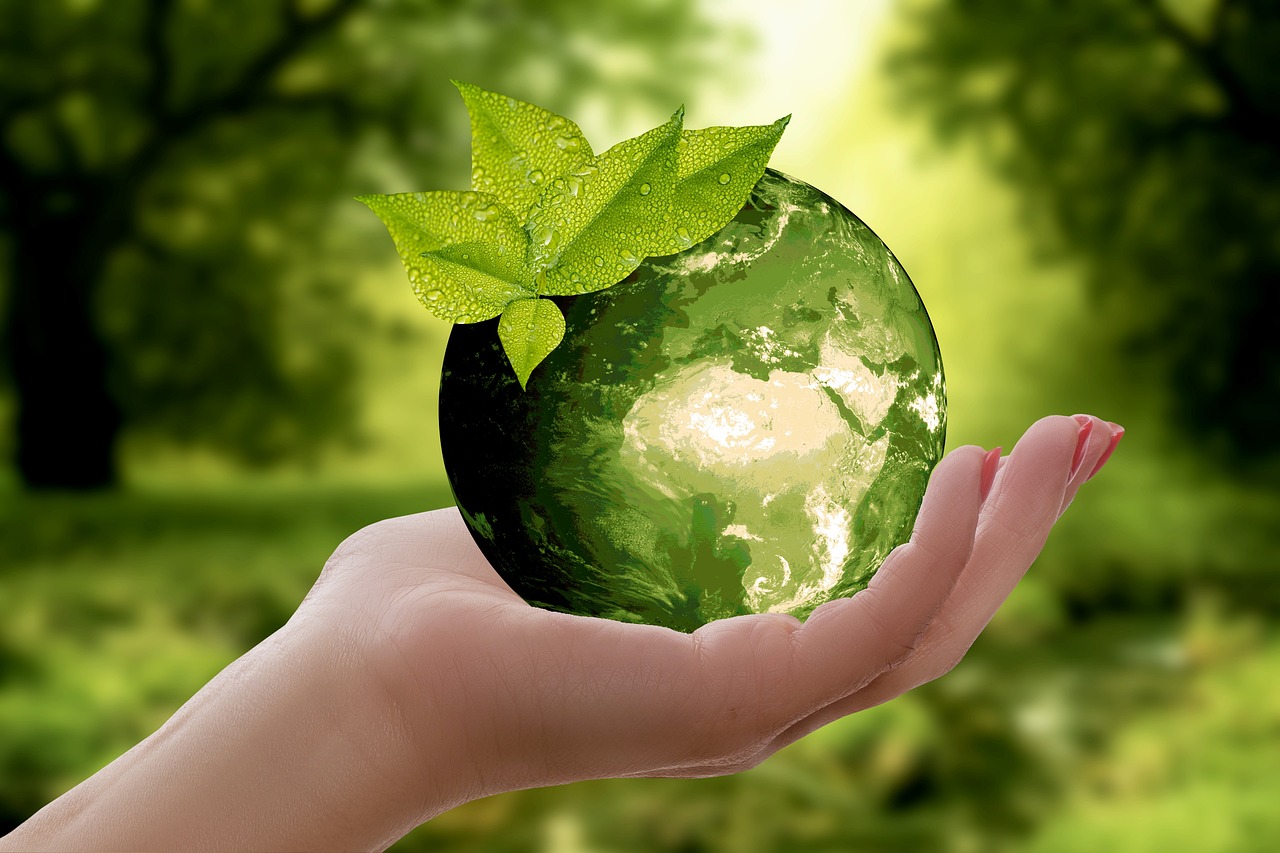
Upcycled Fashion is just like giving a second life to your old clothes! Upcycling is a creative way to keep clothing out of landfills and reduce waste. Whether it's turning old denim into cosy bags or fashion essentials, upcycling makes your wardrobe look unique and saves the planet from pollution.
1.1 Upcycling vs Recycling: What is the difference?
In general, when we talk about sustainable fashion or sustainable living we often hear the words upcycling and recycling and some people understand both terms the same.
Upcycling is basically when you take old clothes or materials and repurpose them into something new and unique without breaking them down completely. You can think of it as giving your old clothes a makeover, without destroying them, just reuse and recreate!
On the other hand, recycling means breaking down and processing old clothes or materials to create brand-new products. It is just like tuning old plastic bottles into new containers.
1.2. Why it matters?
Every year tons of clothes are thrown into the trash but with upcycled fashion, we can keep the perfectly good stuff away from the trash. Every time we opt for upcycled fashion, we are moving one step closer towards sustainable living.
Along with reducing waste, upcycled fashion saves the water required to create new clothes. For example, to make one new cotton T-shirt it takes 2700 litres of water which can fill up to 27 regular-sized buckets!
2. Environmental Advantages of Upcycled Fashion
Sorting denim for upcycling: Dwij
Choosing upcycled fashion is a great way to lead towards a sustainable life which is beneficial for the environment as well as you!
Here one must think about how sustainable fashion will help me in person. So answer lies in a scene. Imagine a scenario of living in a place that is polluted and lacks water. Pollution will affect your health and lack of water will lead to an unhygienic environment. So protecting the environment is not a favour to the environment it is for our well-being!
2.1. Reducing Textile Waste in Landfills
According to fashion waste statistics, annually 100 million new garments are produced globally. The global fashion industry is responsible for 10% of all greenhouse gas emissions and 57% of clothing is sent to landfill causing pollution. These statistics show why we should be concerned about textile waste.
Upcycled fashion can reduce the textile waste going into landfills and can create amazing useful products from old clothes. Adapting to upcycled fashion is a win-win situation, as we are protecting the environment along with creating stunning fashion!
2.2 Lowering Carbon Footprint
Carbon Footprint is the amount of greenhouse gases emitted by a person, product, event or company. The clothing industry is one of the biggest culprits of pollution and carbon footprint. Every time a brand churns out mass-produced cheap clothes resulting in carbon emission in the atmosphere.
But when we upcycle, the factory emission can be skipped and we can reuse the materials that we already have. This means low carbon emissions and more style options for you and all these while protecting the planet!
2.3 Conserving Water & Natural Resources
Creating new clothes uses so much water - like enough to fill the entire swimming pool just to create a few t-shirts. But with upcycled fashion, we can save precious water by reusing the fabric instead of creating the fabric again from scratch.
So, whenever we choose upcycled fashion, the way towards sustainable living, we are saving water and conserving the planet's natural resources!
Upcycled fashion is not just a cool thing to do- it is also a way to save the earth by using one piece of fabric at a time!
3. Economic & Social Benefits of Upcycled Fashion
Denim recycling: Dwij
Upcycled fashion is not only great for the planet but it is also a game changer for communities! When you choose upcycled fashion, you are investing in creativity, fairness and sustainable fashion.
Upcycled fashion is not just about what you are wearing. It’s more about who made it, how it was made, and what impact it has. Unlike fast fashion which promotes the profit over environment and people, upcycled fashion creates real value by supporting local talent and ethical practices.
3.1. Unique, One-of-a-Kind Fashion Pieces
Upcycled fashion is rocking with clothes that no one has. Wearing the same mass-produced outfits that everyone has can be boring. Understand it as your outfit tells a story and no two pieces are ever the same. So, in short, it is an ultimate to show your creativity, and style while being kind to the plant!
3.2. Empowering Local Artisans & Small Businesses
When you purchase upcycled clothes, you are not just getting fancy clothes but you are also supporting real people. Whether they are small designers, ethical brands or independent artists, they put their heart and soul into creating unique and sustainable pieces. Upcycled fashion gives employment to the artisans which results in less dependence on big wasteful fashion brands and more opportunities for skilled creators!
3.3. Ethical Production & Fair Wages
Fast fashion often provides cheap labour and unfair wages in unsafe work conditions. On the other hand, upcycled fashion brands usually work on a smaller scale, where they pay workers fairly and treat them with respect. By choosing upcycled fashion you are not just leading towards sustainable living, but also standing up against labour exploitations and supporting the brands that care about the people making your clothes.
4. How Upcycled Fashion is Revolutionizing the Clothing Industry
Denim Recycling
Nowadays fashion is not just about looking good. It is more about making the right choices. People are realising that fast fashion is unethical, wasteful and harmful to the planet. So instead of chasing the trends, people are choosing sustainable, creative and eco-friendly options. And upcycled fashion is the heart of this movement!
4.1. Consumer Trends: The Shift to Eco-Friendly Fashion
Sustainable fashion is no longer the niche- it is becoming the norm! Consumers not only want clothes to look good but also want to do good for the planet. And guess who is leading the charge? Of course Gen Z and Millennials! They are ditching fast fashion and choosing sustainable fashion. Above all social media is fueling the trend and influencers and designers are proving that eco-friendly fashion can be stylish too!
As the demand for upcycled fashion is increasing the bigger brands have started to experiment with upcycling. Therefore, the fashion industry is changing and upcycled fashion is a big part of the revolution.
5. How to Start Your Upcycled Fashion Journey
Upcycled Eco friendly Denim Jeans Blue Wonder Tote Bag
Want to make your wardrobe creative and sustainable? So, upcycling is the perfect way to get started. Whether you are a complete beginner or need inspiration, it is much easier than you think.
5.1. DIY Upcycling Tips for Beginners
You will not require fancy sewing skills or expensive tools to start your upcycling journey. What you need is just a little creativity! Here is how you can start:
Tools required:
-
Basic sewing kit having a needle, colourful threads, scissors and a few fancy buttons of your choice.
-
Fabric glue for no-sew fixes.
-
Fabric paint to customize the colours of your clothes
-
Safety pins.
Simple ways to upcycle old clothes:
Crop: Pick and cut your old t-shirt, hoodie, or jeans and make it cropped. No sewing is needed!
Patching: You can add fun patches or fabric scraps to cover the tears in cloth which will give your cloth a personality!
Paint: You can use fabric bleach or paint to create trendy designs on old denim, jackets or tees.
Turn it in something new: Have an old denim? Why not make it into a tote bag? Turn your clothes into different fashion essentials.
6. Challenges & Misconceptions About Upcycled Fashion Trends
Handcrafted Upcycled Jeans Earrings Anuradha
Although upcycled fashion is gaining fame, it still faces multiple doubts and misconceptions. People worry about the quality or hesitate to wear second-hand materials, meanwhile, designers face creative challenges while repurposing fabrics.
6.1. Is Upcycled Clothing High Quality?
One of the major misconceptions about upcycled fashion is that it is of low quality and will not last long. But the truth is something different. Fast fashion clothes are made cheaply, and quickly with low-quality materials. But upcycled clothing mainly focuses on craftsmanship, creativity and longevity which makes the clothes more durable than fast fashion.
6.2. The Stigma of Second-Hand & Upcycled Clothing
People hesitate to wear upcycled clothes because they associate upcycled fashion with old and outdated styles. Thankfully influencers, designers and eco-conscious shoppers are flipping the script! They are breaking the stigma of second-hand and upcycled clothing and embracing the sustainability and style of upcycled clothing.
6.3. Design & Aesthetic Challenges in Upcycling
Upcycled fashion is not simply cutting an old shirt and calling it fashion. It requires a lot of creativity and effort to convert it into something meaningful! Designers are facing challenges like limited materials, mixing fabrics and keeping design fresh with trends. But these challenges fuel the innovations and upcycled fashion brands are using patchwork, dying, deconstruction and reconstruction methods to design the stunning pieces. These efforts collectively introduce upcycled fashion in a more polished and trendy way among consumers.
7. The Future of Upcycled Fashion Trends
Handcrafted Upcycled Jeans Neckpiece Vaishnavi
Upcycling is shaping the future of fashion. With innovations and technology, the consumer's mindset is getting changed about upcycled fashion and the upcycled fashion movement is getting bigger.
7.1. Innovations in Sustainable Textiles
The innovations in sustainable textiles like plant-based dyes, and biodegradable textiles make the upcycled fashion even more greener. And the experiments with zero waste designs are designs in which every scrap of fabric is used instead of throwing it away, making the upcycled fashion a more sustainable and eco-friendly way of fashion.
7.2. Tech-Driven Solutions in Fashion Upcycling
With AI and automation designs are getting more creative and fast. Technology like 3D printing makes high fashion looks, without any excess waste at all!
7.3. The Power of Consumers in Driving Change
Consumer demand is the centre of the production of fashion brands. That means we hold the power. Power to change the fashion! With every purchase of upcycled and sustainable fashion products, consumers are voting for the more ethical and sustainable fashion industry.
8. Conclusion
Repurposed Eco friendly Denim Jeans Plain Bucket Hat (Small)
Upcycled fashion is not just the trend- it is the future of sustainable living. By supporting ethical and upcycled fashion brands we can reduce waste, and save resources along with embracing creativity. Upcycled fashion is changing the minds of people about clothing and encourages them to choose sustainable living over fast fashion.
So, why not start today? Try upcycling your old clothes if not purchase a repurposed fashion product from an upcycled brand to contribute to the environmental cause. Every little step you take will be counted and these little steps together will make a large difference. Together we can redefine fashion and make it more stylish and greener.
9. Frequently Asked Questions (FAQs)
1. What is the difference between upcycled and recycled fashion?
Recycling fashion is processing and breaking down old clothes or materials to create brand-new clothes. While upcycled fashion is repurposing old clothes into new ones without actually destroying them.
2. Is upcycling sustainable?
Yes! Upcycling is sustainable as it increases the life of cloth reducing the pollution and exhaustion of natural resources that would happen to create the new cloth piece.
3. Where can I buy upcycled fashion?
You can buy upcycled fashion products at Dwij, where denim and old jeans are converted into statement pieces like upcycled sling bags, upcycled toys, hand-embroidered coasters, denim tote bags and lots of sustainable denim products that will enhance your fashion.
4. How do upcycling clothes help the environment
Upcycling clothes helps the environment by keeping old clothes out of landfills which would have taken years to decompose. Also, it saves water, lowers pollution and cuts down the carbon emissions.
5. How can I upcycle my clothes?
Upcycling is all about getting creative and making fashion more sustainable and fun at the same time. If you can’t upcycle your clothes on your own, instead of throwing them in the trash, just donate them to an upcycled fashion brand to contribute to the environment.


